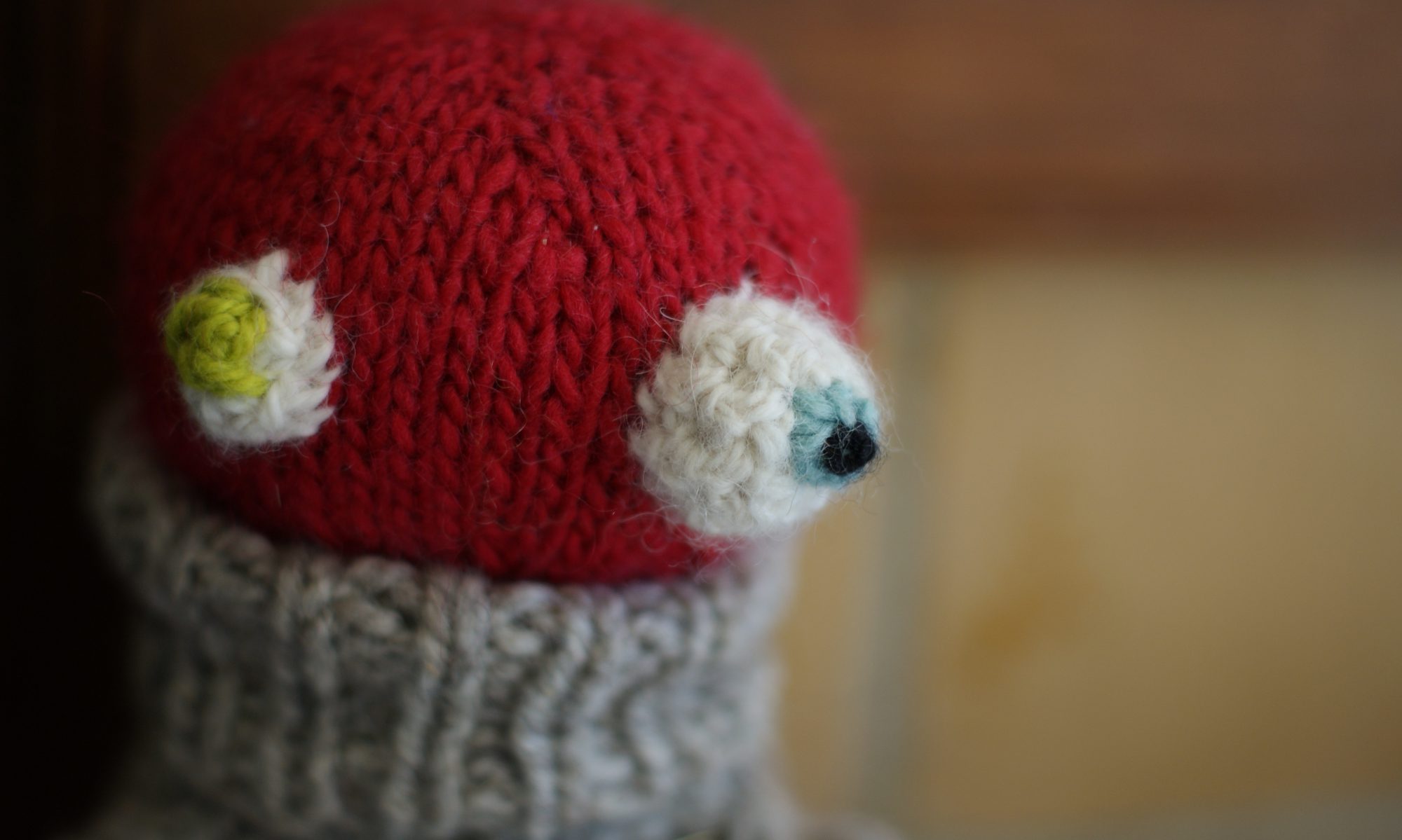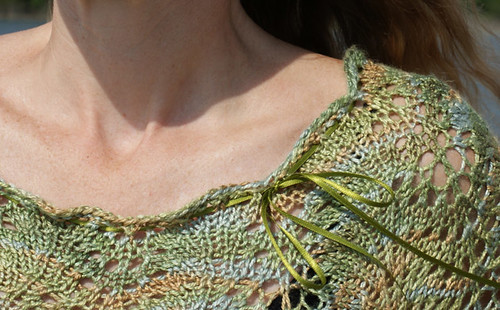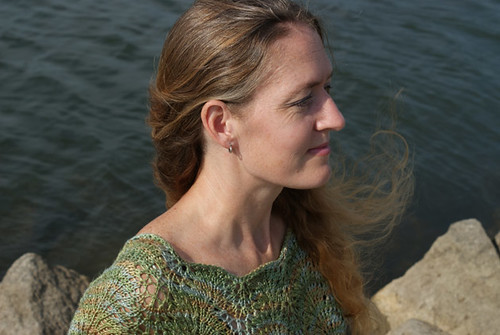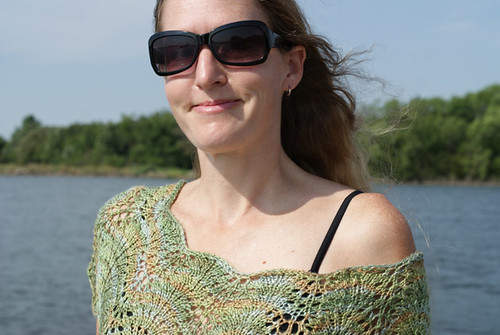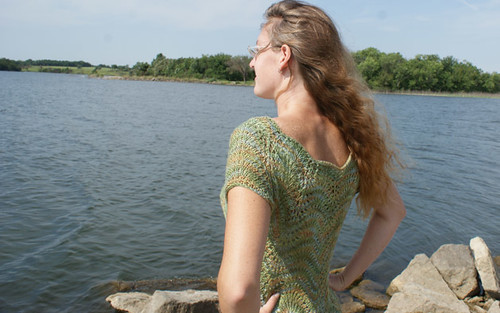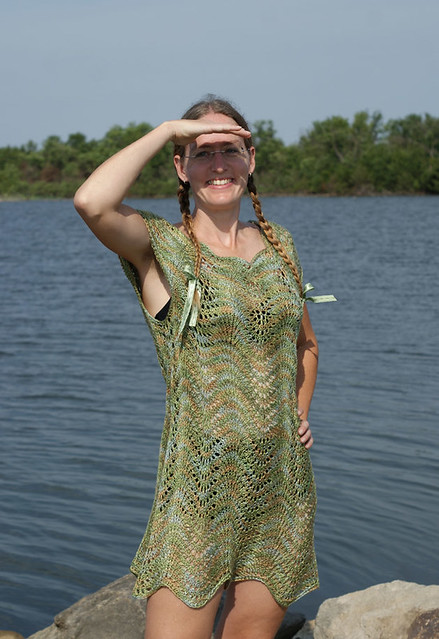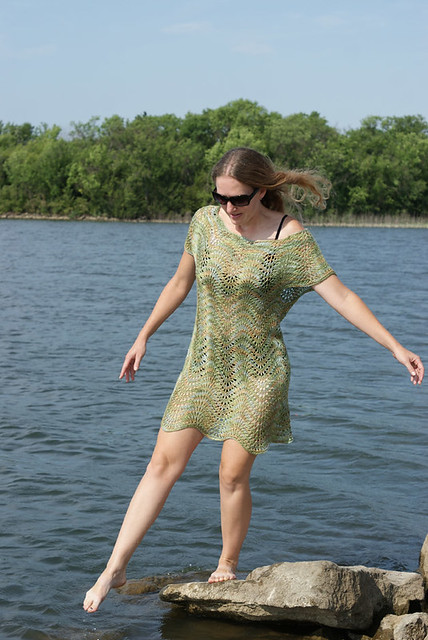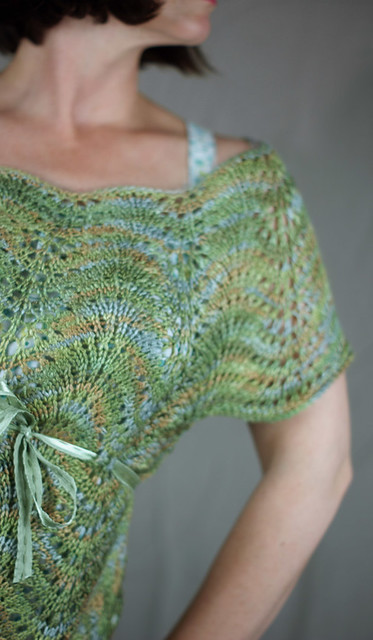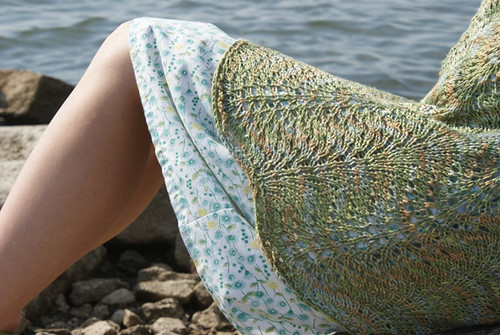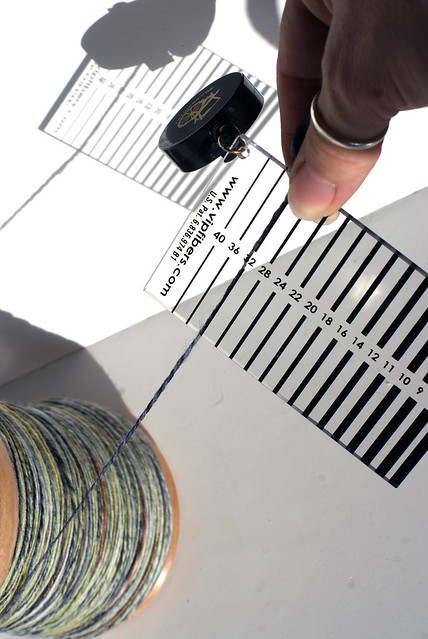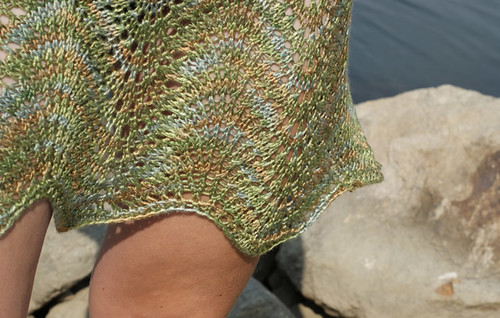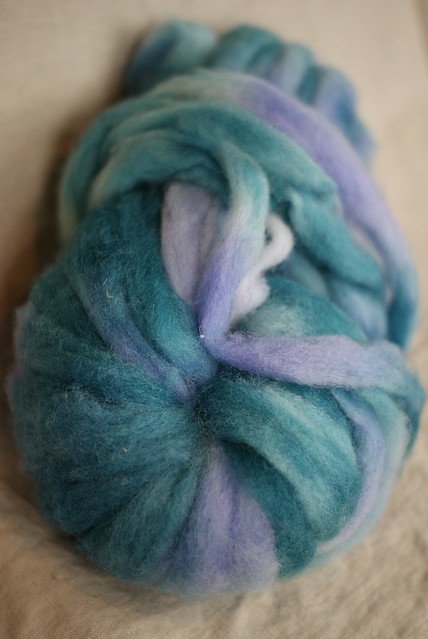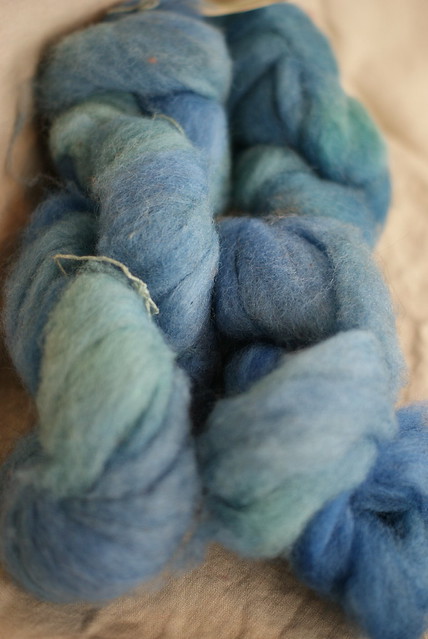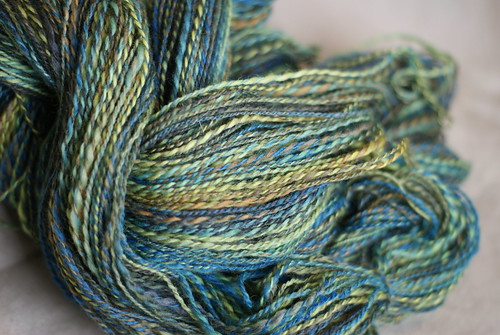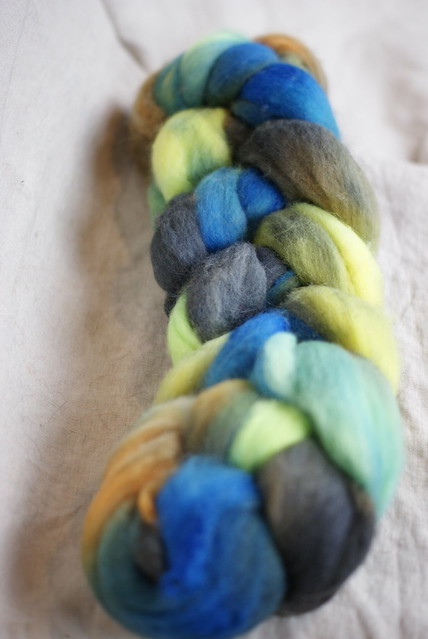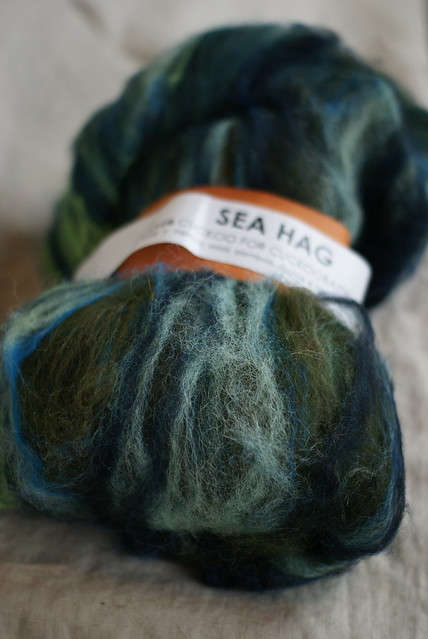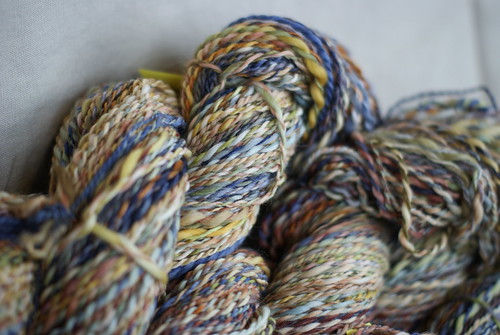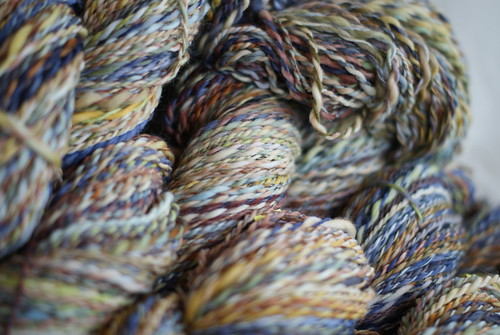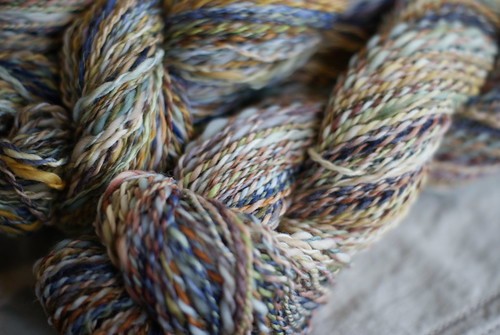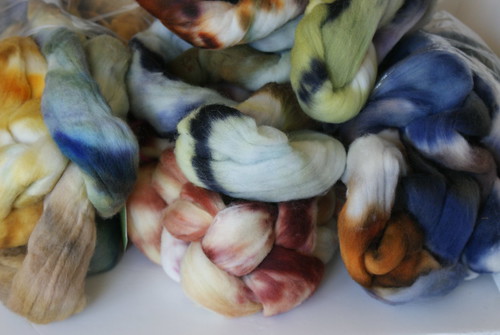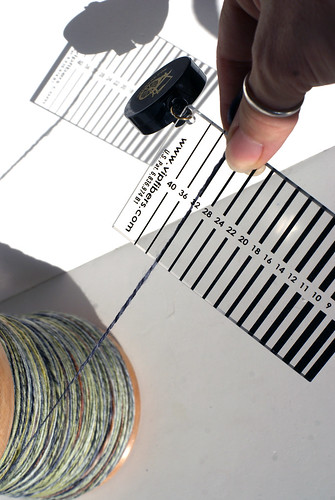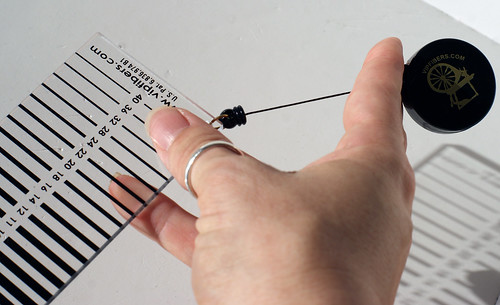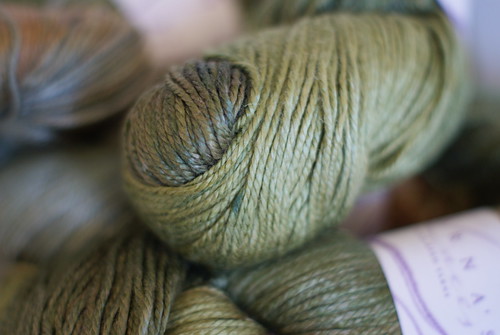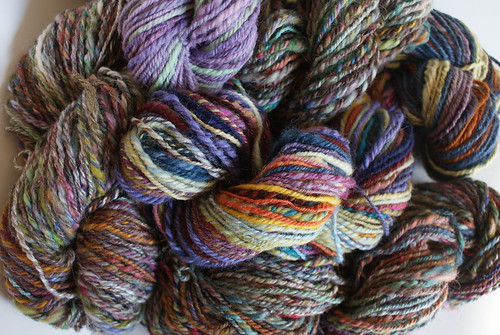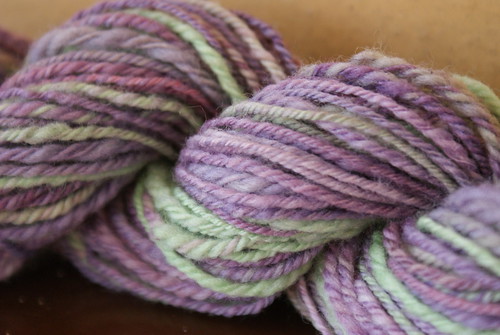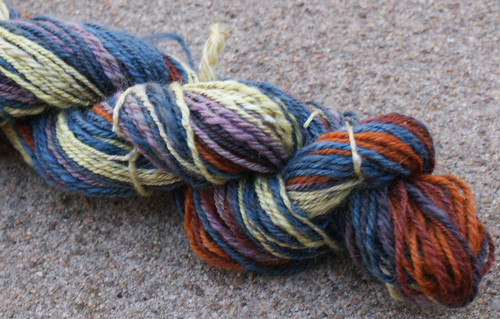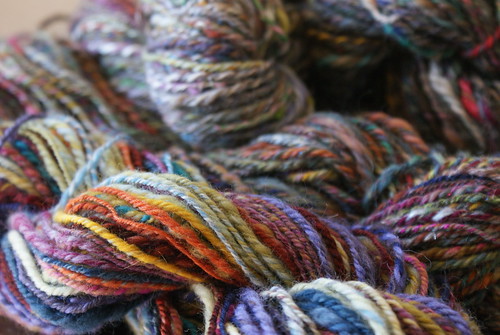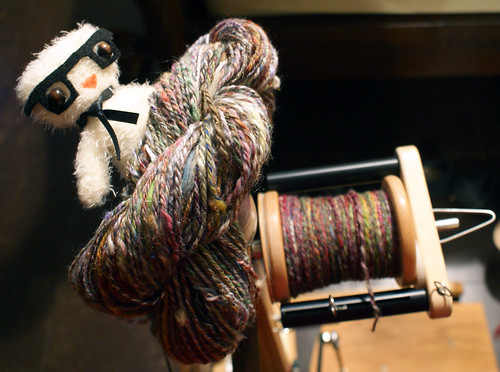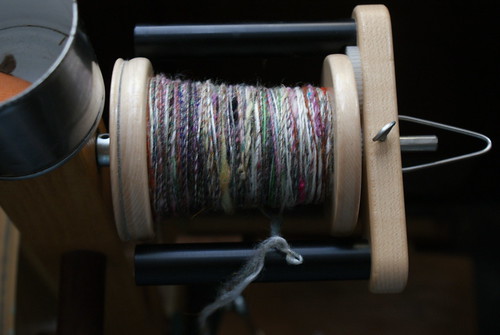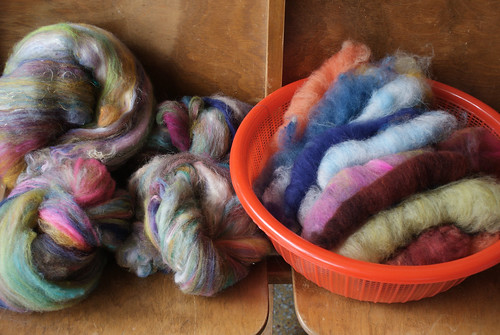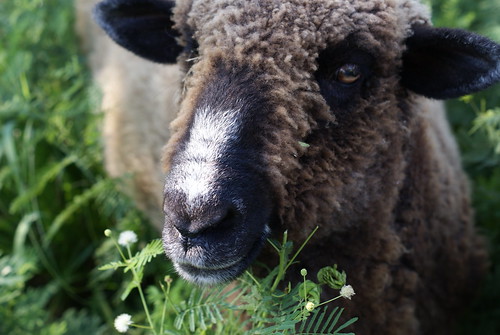
This refreshing-looking little sheepy oasis transforms into a blistering yellow hellscape that looks like the south-of-the-border segments of Traffic by about 10am.
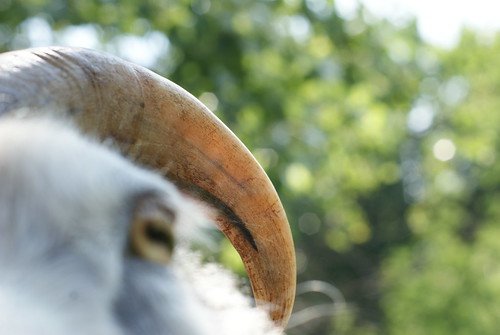
I love how Uncle Honeybunch’s horns are translucent in strong sunlight. In the summer, their horns are like heat sinks, helping regulate their body temperature.
Now that the summer’s firmly in that horrible 100°+ panting netherworld, my constant preoccupations are the thermostat, water, and weeds.
During the summer, I let the sheep out on the pasture early (6.30-7.30) to eat what they can before the punishing heat makes them trudge back to the barn, where they lay, panting, in the shade and/or stand, panting, in front of the fan until about 7pm, when they head back out for dinner until dark.
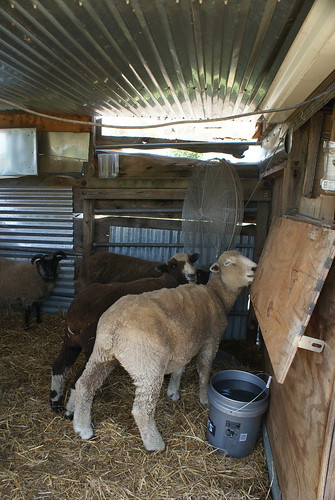
The shape of my day in summer is: get up earlier than I like (6:30-7); let out the chickens and sheep, open all the cross-vent doors and check the water. When the temperature hits 100° (I have a remote weather station in the hay shelter and can check the readout from inside), usually around noon, I bundle up in a long-sleeved button-up shirt (which, surprisingly, is much cooler than sun on bare skin) and my big red hat and trudge back out. I dump out the hot water on the tomatoes (I’ve switched the sheep from the big rubber tubs to 5 gallon hardware store buckets for my brilliant new watering-the-plants-with-the-dirty-sheep-water routine) and refill everyone’s buckets and pans with fresh, cold water. The sheep have 3 big buckets and the chickens have two shallow pans–some of them like to stand in the cool water–and a little waterer, plus a small rubber bowl over by the sheep, where they often hang out during the hottest part of the day. I put away the chickens’ normal 2-gallon waterer in the hottest part of summer–it gets warm and murky well before they can finish it, and they won’t drink enough if the water’s yucky. I also check on them fretfully for every extra degree or so over 100.
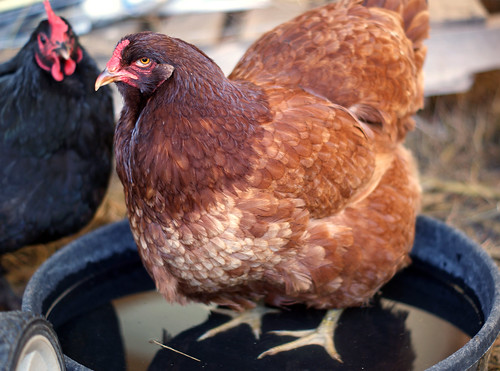
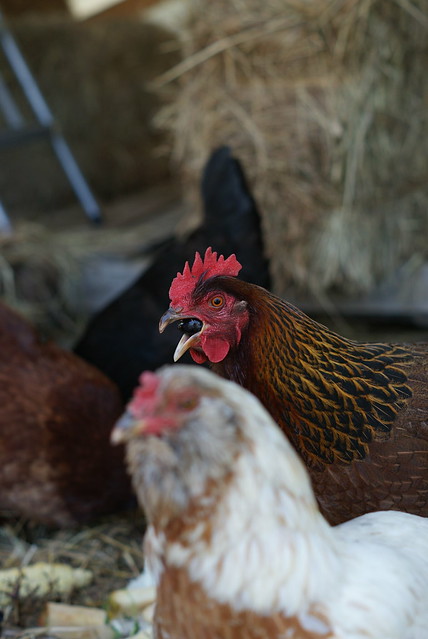
When it’s really hot, I also store the Chicken Bowl (were all the veg scraps go) in the fridge, mostly to prevent fruit flies. But this also means the chickens get a nice cold treat mid-day.
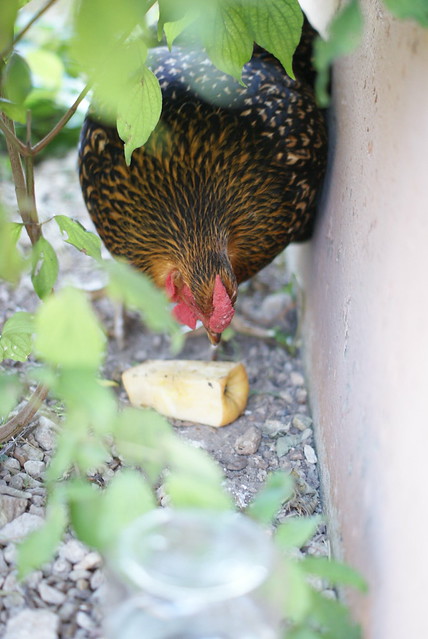
I don’t gather the sheep back up until after dark (the chickens put themselves to bed a bit sooner), so they get plenty to eat when it’s finally cool enough to graze again.
The after-dark routine can be a big pain in the ass when they bust out of the pasture and get into a patch of stick-tights, as Hokey Pokey did last night. With the grass relatively dry, luring them back into the barnyard with grain is pretty easy this time of year (in spring, with the lush growth, it’s a nightmare; they’d much rather gorge on the green stuff than eat corn). However, checking their fleece for VM is less easy in the dark. I’m sensitive about VM. Since I haven’t blanketed them yet, I’ve been careful not to graze them with plants that have gone to seed (unless they seeds aren’t dry/sticky) . Of course, when they make a break for it, that’s the first place they hit, just to be spiteful. (Luckily, they only got them in their face and neck fleece, which always pretty much becomes mulch anyway, even when they are blanketed.
This year’s hot spell came on with a fairly gradual increase, so the animals seem to be handling it better than last year’s sudden climb. When I go check on them, the chickens run out of the shade to greet me, as usual (though panting comically), and the sheep are laying or standing around, chewing their cuds. You can tell they’re panting from their bodies, but they’re mostly panting through their noses, not their mouths, a good sign.
My other preoccupation in the heat is weed identification. As the grasses start to get old and tough and crap out, weeds crowd more of the available pasture, and I get all nervous about plant toxicity. There are just SO MANY different fracking weeds out there! There’s a handful I can identify readily either as safe or dangerous. But there are a lot of others I either don’t know, can’t keep straight, or just plain miss–it’s a pretty layered ecosystem out there in the tall grass, and it’s easy for me to miss the low-growing weeds, though that’s just where the sheep nibble first. So my days fill with games of Where’s Waldo and Name That Weed. (Name that Weed is literal–I post weed pics in a weed group on flickr to get help IDing them.)
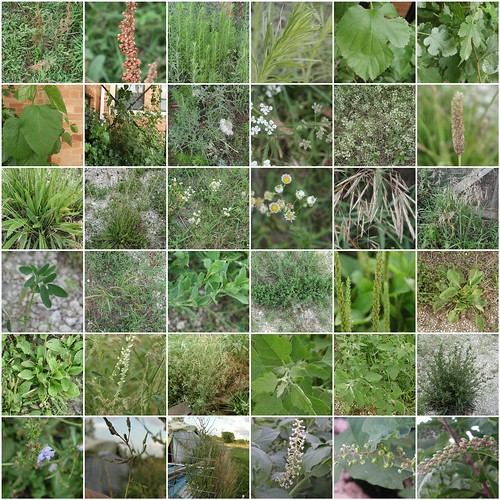
Luckily, a coupe of the most deadly (the hemlocks) stand out pretty well in the pasture, so I caught them early. From a distance, the profusion of Queen Anne’s Lace by the north woods looked like it might be hemlock, too, but happily: nope! Not that Queen Anne’s Lace is at all useful–and I should probably pull it out because it spreads like crazy–but I don’t have to dig it out, a relief when the ground is as dry as it is.
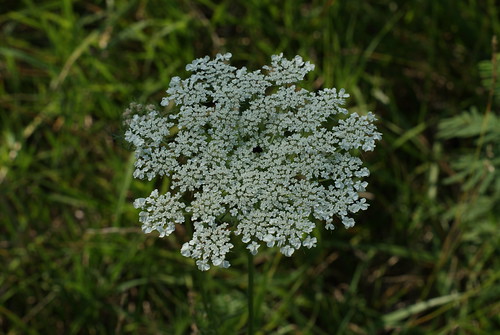
Queen Anne’s Lace has that teeny purple flower in the center, a profusion of delicate, minute flowers, and hairy stems (Charlene taught me the mnemonic “Queen Anne has hairy legs”), while the hemlock (which I didn’t photograph when I dug it out last month, because I wasn’t in Obsessive Weed Mode yet) has smooth stems, is bigger much earlier in the season, at least in my pasture, and its flowers are spread out more, like the hedge parsley flowers (which also plague my property; though they’re a nuisance, not a danger).
So I can spot hemlock, I can spot common milkweed, another toxic one, and if their little lanterns are up, I can spot Virginia groundcherry (and only the green lanterns are poisonous, not the leaves or the mature seeds); but the other highly toxic ones are either not present or I just haven’t found them yet. With several hundred plants in my Book of Doom (aka Weeds of the Great Plains), there’s a lot to fret about.
The flags are for very poisonous (pink), poisonous but not usually an issue (blue) and accumulates nitrates (green).

The “accumulates nitrates” flags are the ones bugging me lately. Especially since plenty of weeds that are normally fine (and abundant out back) can accumulate nitrates, which means they can store up excess nitrates from the soil, and poison your animals. Nitrates are usually converted into protein in the plants, but if they’re working inefficiently for a variety of reasons, they may accumulate instead. Then the animals eat them and they’re converted to nitrites in the rumen, which in turn fuck up the hemoglobin somehow so it can’t carry oxygen. It’s apparently a big issue right after a drought-ending rain, so suddenly the drought-ending rains that seemed so welcome now seem like looming specters. It’s incredibly complicated and involves a gazillion factors and makes my head want to explode. It’s probably not an issue for my pasture, since my animals have been on it so long, so if it’s an issue, they’re probably acclimated. And since I’ve never fertilized, there’s at least probably not excess nitrates in the soil, from what I can guess. And they get fresh clean water and a little grain for supplement, both good . But I’ll be feeding bought hay this winter, so of course now I’m all paranoid about that, since nitrates don’t dissipate in hay. I have healthy, pampered animals, so I’m intellectually confident there’s nothing to worry about , but the logical part of my brain seldom dominates the neurotic part.
